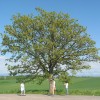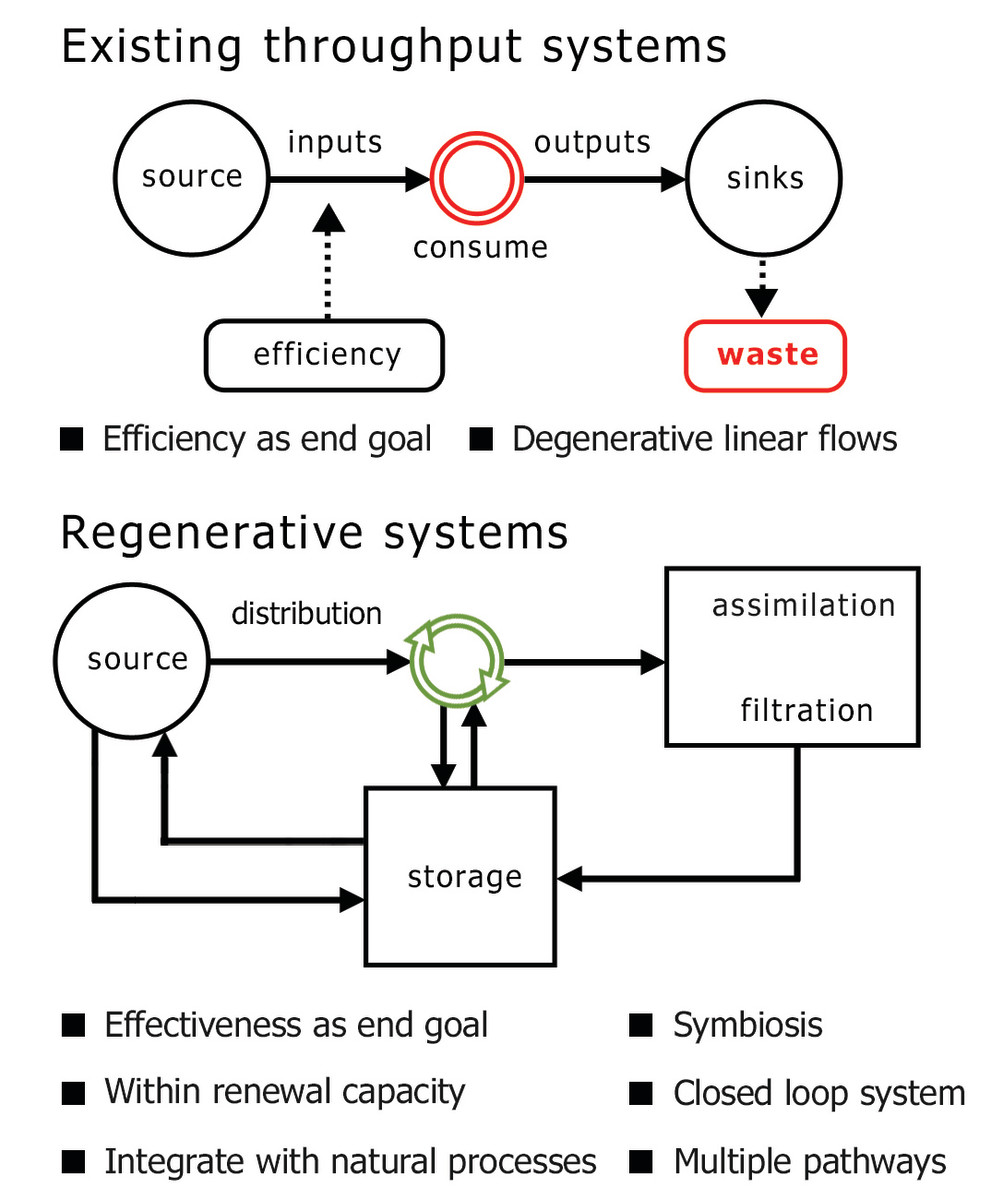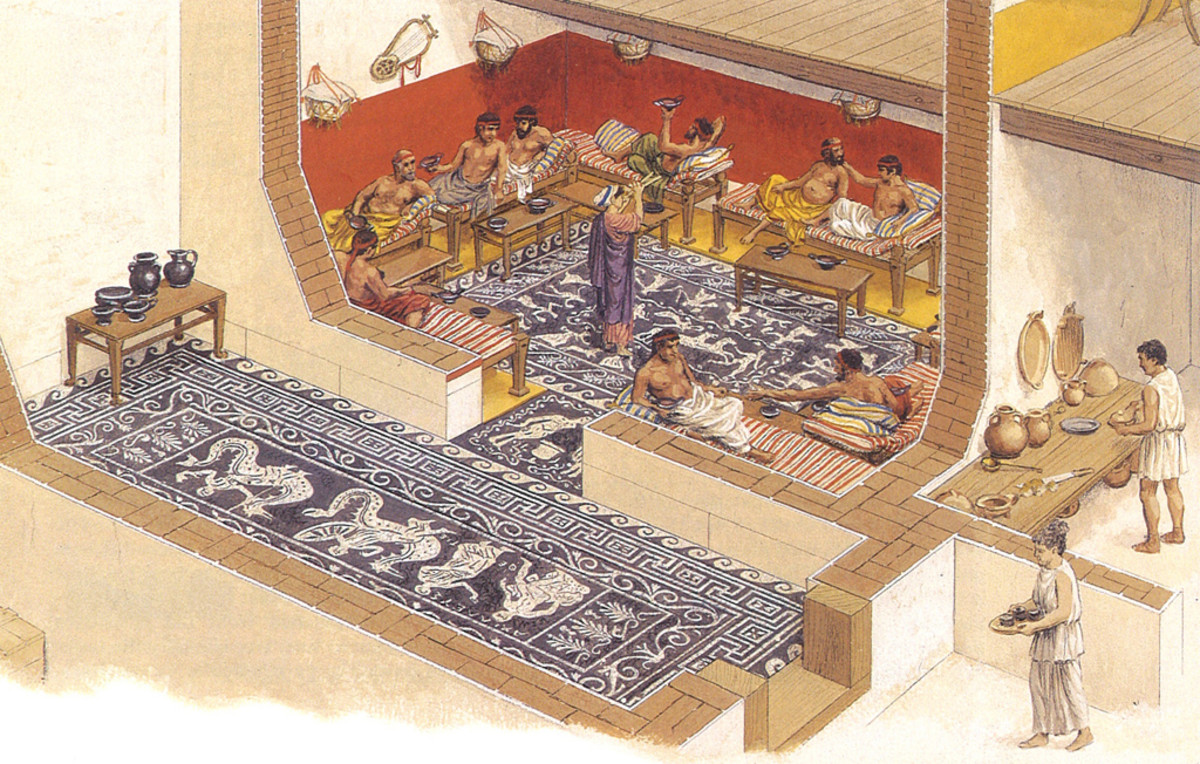Natural Inspiration for Building Envelope Design
Nature is an unbelievable and marvelous creation of GOD. Time after time, we can't help but feel amazed when observing how the hundreds and thousands of organisms adapt themselves to the environment in order to survive and thrive! One of my observations is that vertebrates' skin in all of its various forms, plays an extremely important role in helping organisms to survive in the different environments in which they thrive. Skin is an outer layer of covering for vertebrates. This reminds me of a seemingly unrelated thing - buildings. Don't you notice that a building has roofs and walls as its outer covering just as a vertebrate has skin?
Buildings versus vertebrates, structures without life versus living things; how could they possibly relate to each other? This article is an effort to explore how nature in all of its infinite forms can inspire the artificial world. That said, this is not simply another one of those dime a dozen essays discussing bionic architecture, which borrows from natural forms. Rather, it is simply a collection of thoughts on how a building can function like a living being, automatically adjusting itself to functional changes in its environment.
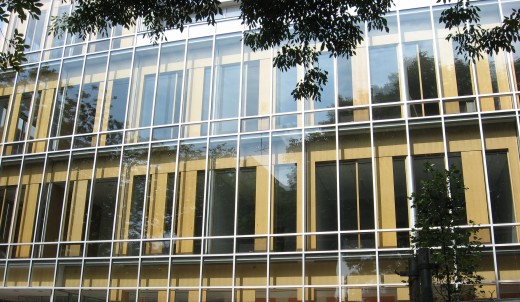
Buildings are indispensable parts of our lives. We work, live, and do all kinds of things in them. We shop, dine, and get entertained in buildings. Every building is like a shell with a space within. Contemporary lingo calls a building's shell its "building envelope." It is a separator between the interior and exterior, which includes roofs, walls (including windows and doors) and even foundations. We build the envelope for the purpose of acquiring space. The envelope, among other things, affects the thermal comfort level of the building's interior.
If you were to study the structure and function of a vertebrate's skin, you would find some very interesting similarities between a vertebrate's skin and a building envelope. Just as the windows or ventilation openings on the walls of a building serve the purpose of adjusting interior temperature, skin pores open up and let out the body heat in hot weather and close to seal in the heat in cold weather.
Vertebrate Skin
Vertebrates, of course, can vary greatly in external appearance. Birds have feathers, fish have scales, and dogs have fur. Nevertheless, if we study the skin of vertebrates, we quickly come to realize that there is a common trait under these diverse features: the skin has the same basic structure in all vertebrates, including fish, reptiles, birds, and humans and other mammals.1
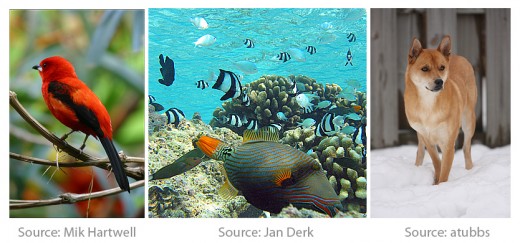
Skin is the largest organ in the human body. All vertebrate skins have common basic functions, which include protection from external invasion, bodily thermal insulation, internal body temperature regulation, synthesis of Vitamin D, and detection of environmental stimuli. The skin system, otherwise called as integument system, is composed of skin and appendages. The skin of a human, as the outer covering of the body, consists of two structural layers: epidermis and dermis. The outer, relatively thin epidermis is composed of closely packed cells with little intercellular material; it provides the barrier against attack by chemicals, radiation, or microbes. The underlying dermis is thicker and tougher, and its bulk is formed by extracellular materials manufactured by scattered cells. One of its major functions is physical protection. The sensory functions of skin are shared by both epidermis and dermis.
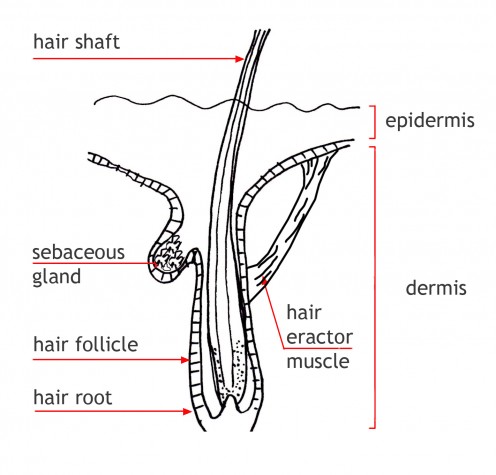
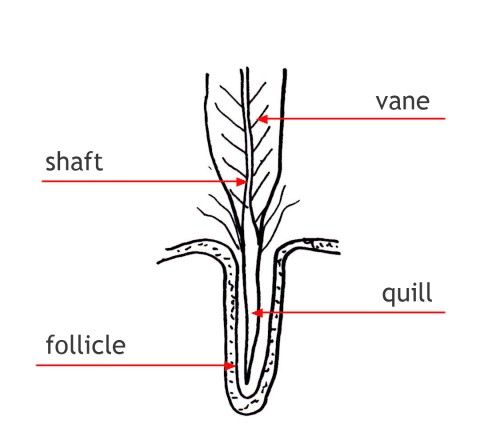
1. What leads to the different skin appearances?
The answer is the skin's appendages.
The appendages of the skin system have been developed different functions as a result of natural selection and adaption to diverse living environments and activities. The various types of appendages help to achieve different evolutionary objectives. Both hair and feathers are set in a follicle and grow from a root that is richly supplied with blood vessels, serving as a sort of insulation system. They display different colors formed from pigment, including melanin, which determines human skin color. As a general pattern, people with ancestors from tropical regions and higher altitudes (hence greater UV light exposure) have darker skin than people with ancestors from subtropical regions.2 Hair and feather colors also function as camouflage, or play a role in attracting the opposite gender.
2. Different functions are supported by different structures.
Hair and fur are both made out of keratin, a structural protein found in most vertebrates. Keratin is a light but strong material. The lightness and stiffness of keratin is also a key to bird flight. In the form of feathers, it provides the large airfoils necessary for flapping and gliding flight.”3 Keratin constructs a lightweight strong structure for birds.
Further inspection reveals that the feathers on the wings and tails have a light hollow structure when they mature, which is caused by the regression of the pulp and vessels in the calamus. Birds have become good biological inspirations for airplane design, inspiring hollow wings.
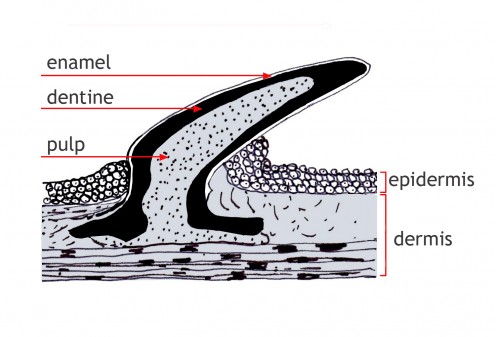
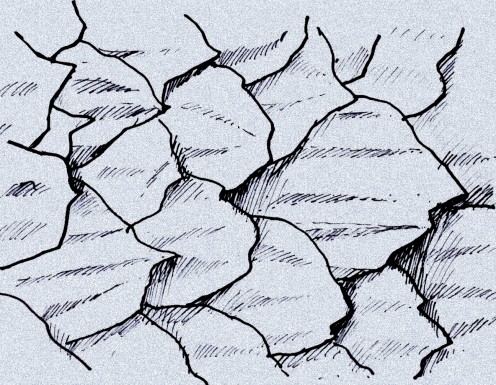
Now, let’s look at aquatic vertebrates. A fish’s body is covered by thin scales which are embedded in the dermis and extend above the skin. There are a few types of scales. This diagram shows the structure of placoid scales which are found on cartilaginous fish such as shark. This kind of scale is also called dermal denticle, because the scale has the same structure as tooth with enamel, dentine and pulp cavity.
Shark skin is covered by very tiny dermal denticles which are barely visible to the naked eye. These denticles are arranged in a microscopic diamond pattern. Typically, they have ridges on the surface that create tiny vortices that reduce drag, improving swimming efficiency and helping shark swim rapidly. This feature of shark skin has been modeled into a new fabric for swimming suits using nanotechnology.
Shark skin has a fine sand-papery texture because of its densely arranged tiny dermal denticles. This microscopic-topography protects the shark from being the settlement place for bacteria and marine organisms. Sharklet™ is the first pattern inspired by shark skin, and has microscopic features arranged in a unique pattern that microorganisms find inhospitable.4
From celestial, terrestrial vertebrates to aquatic vertebrates, we can see the diversity of the biological strategies taken by nature. The basic structure and functional objectives of the skin system are almost the same for all vertebrates, while different performance objectives such as flight, swimming, etc. required by diverse living conditions serve as input parameters for the genetic algorithms, acting as mutation incentives for evolution.
Building Envelope
Now let’s look back at buildings. A building envelope is an interface between interior space and exterior environment.
1. Similarities between building envelope and vertebrate skin
We'll begin by looking at the four major performance objectives of building envelope design, which are structural integrity, moisture control, temperature control and control of air pressure boundaries of sorts.5 From this vantage point, we can easily note the similarity between vertebrate skin and building envelopes. Both serve as physical protection for the interior against the negative forces coming from the outside environment. As skin serves as a barrier to germs and the elements, the building envelope likewise protects against rain, wind, and snow. Moreover, the two things function not only to separate the inside from the outside, but also to build connections and communications. Just as the duct of sweat gland and sweat pores release fluid through a vertebrate's skin, drainage components serve the same function in building skin. Both act as insulators and regulators of internal thermal comfort. The hair and feathers of a vertebrate's skin is much like the thermal insulation layer in a building envelope. Moreover, the materials and structures for the building skin vary according to the characteristics desired of the space inside.
2. Parametric design method for building envelope
Many factors have an affect on building design, and more importantly, these factors are not static but dynamic, which means they are constantly changing. I shall now discuss a new design method that has popped up in recent years as a way to tie this all together. We should begin by ascertaining all the probable changing components such as different weather or climate factors, spatial characteristics, structural requirements, choice of building materials and colors, etc, that could act as input parameters for the scripting of building envelope design. If we then choose them based on the performance objectives, then this scripting becomes the “virtual DNA” of the building envelope. After we run the algorithm, what we achieve is a matrix of building envelopes rather than a couple of proposals.
The FLARE system is an example showing a computer simulation of building facade design. It is "a modular system to create a dynamic hull for facades or any building or wall surface. Acting like a living skin, it allows a building to express, communicate and interact with its environment. "6 It provides a good starting point for continuing this discussion.
The building envelope is an “organ” much like a vertebrate's skin. It is sensitive to both the internal and external environment. Its design should incorporate all kinds of information for the best performance. When all its elements and factors are parameterized and taken into computer simulation, with the propagation of the “virtual DNA” in a population of building envelope, we can then achieve unexpected results, results which are free from the limitations of conventional ideas.
Notes
1. http://encarta.msn.com/encyclopedia_761569048/skin.html
2. http://en.wikipedia.org/wiki/Human_skin_color
3. http://en.wikibooks.org/wiki/Anatomy_and_Physiology_of_Animals/The_Skin
4. http://www.sharklet.com/_fileCabinet/SharkletScience.pdf
5. http://en.wikipedia.org/wiki/Building_envelope
6. http://www.flare-facade.com
